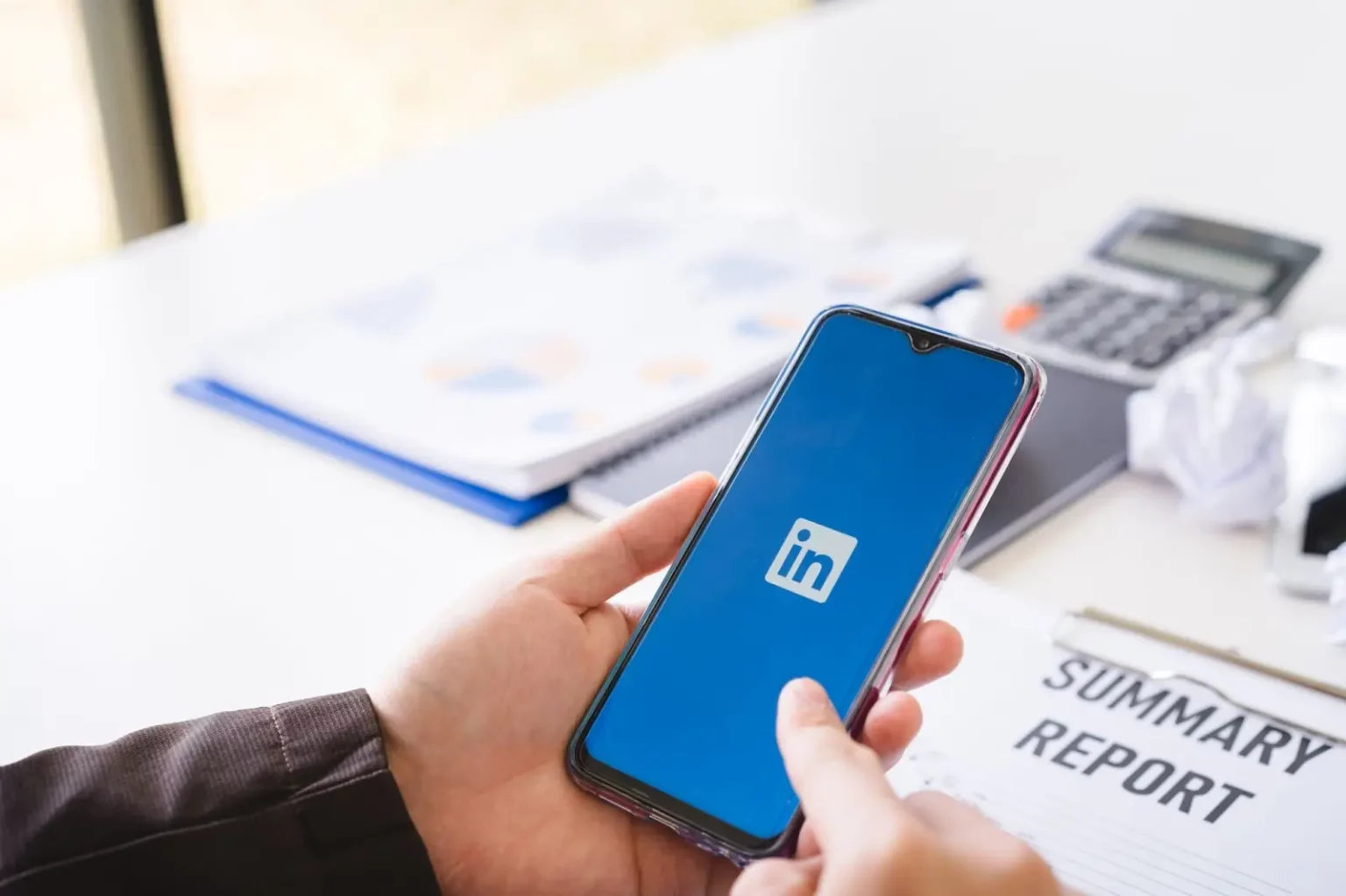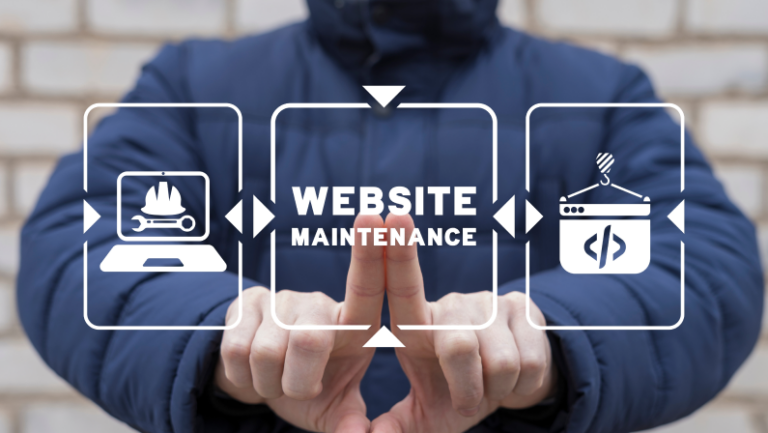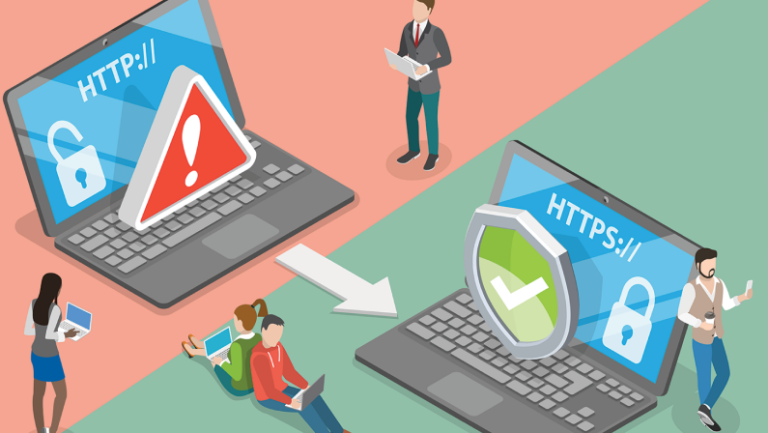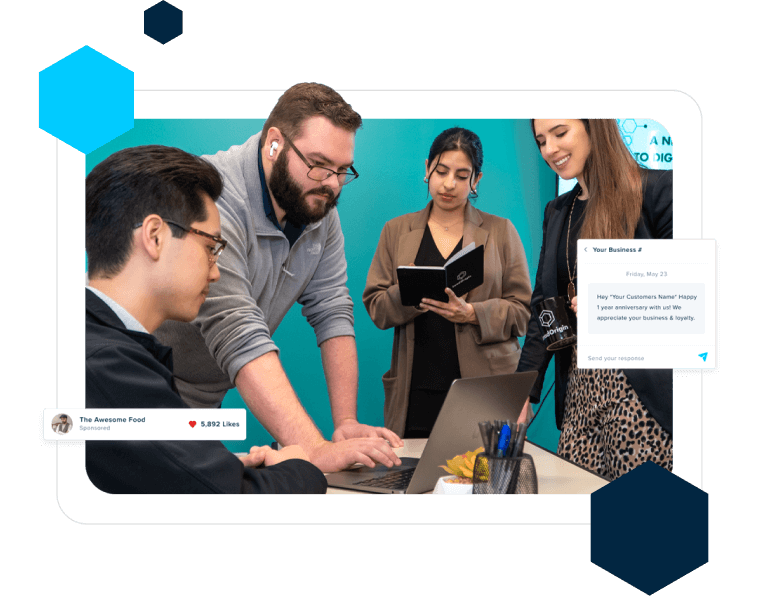LinkedIn is more than just a platform for professionals to connect; it has become a vital tool for businesses looking to expand their reach and influence in the digital age. With over 930 million members worldwide, LinkedIn offers a unique opportunity for businesses to tap into a vast network of professionals, industry leaders, and potential clients. Whether you’re a small business owner looking to establish a brand presence or a B2B company aiming to generate leads, understanding LinkedIn marketing strategies is crucial.
In recent years, LinkedIn has evolved into a powerful marketing platform, enabling businesses to implement sophisticated strategies that drive engagement and foster meaningful connections. This article talks about the LinkedIn marketing strategy for small business owners that can help you achieve business goals. By leveraging the platform’s unique features and crafting a well-defined marketing strategy, your business can thrive in today’s competitive landscape.
What is LinkedIn marketing?
LinkedIn marketing refers to the use of LinkedIn’s platform and its features to promote a brand, connect with potential clients, and achieve specific business goals. Unlike other social media platforms, LinkedIn focuses on a professional audience, making it an ideal place for B2B marketing and professional networking. By crafting a tailored LinkedIn content marketing strategy, businesses can create content that resonates with their target audience and builds credibility within their industry.
LinkedIn marketing encompasses various tactics, from optimizing profiles and pages to engaging with content and utilizing LinkedIn Ads. The goal is to create a comprehensive LinkedIn go-to-market strategy that aligns with your business objectives and leverages LinkedIn’s capabilities to enhance brand visibility and drive business growth.
Importance of LinkedIn Marketing for Businesses
LinkedIn marketing is crucial for businesses, particularly those in the B2B sector, because it provides access to a highly targeted and professional audience. Unlike other social media platforms where the audience is more general, LinkedIn users are primarily professionals, decision-makers, and industry leaders looking for networking opportunities, business solutions, and industry insights.
Here are some reasons why LinkedIn marketing is essential for businesses:
- Professional Networking: LinkedIn allows businesses to connect with industry professionals, potential clients, and partners, fostering relationships that can lead to new opportunities and collaborations.
- Brand Authority: By sharing valuable content and insights, businesses can establish themselves as thought leaders within their industry, building trust and credibility with their audience.
- Lead Generation: LinkedIn’s sophisticated targeting capabilities enable businesses to reach the right audience, resulting in more qualified leads and higher conversion rates.
- Recruitment and Talent Acquisition: LinkedIn is a powerful tool for recruiting top talent. Businesses can showcase their company culture and attract qualified candidates who align with their values and goals.
- Increased Visibility: With the right strategy, businesses can enhance their visibility on LinkedIn, reaching a larger audience and increasing their chances of success in a competitive market.

Goals of a LinkedIn Marketing Strategy
An effective B2B LinkedIn marketing strategy should align with your overall business objectives and focus on achieving specific goals that contribute to your company’s growth. Understanding the core and specific goals of a LinkedIn marketing strategy will help you tailor your efforts to maximize your results.
Core Goals:
Brand Awareness
Brand awareness is about making your brand known to your target audience. A well-crafted LinkedIn marketing strategy for small businesses can significantly enhance brand recognition, allowing you to reach potential clients and establish a strong presence within your industry. By consistently sharing high-quality content and engaging with your audience, you can build brand awareness and create a lasting impression.
Lead Generation
Lead generation is a primary goal for many businesses using LinkedIn. By targeting the right audience and providing valuable insights, you can attract potential clients interested in your products or services. LinkedIn offers several tools and features, such as LinkedIn Ads and Sales Navigator, that can help businesses generate qualified leads and drive conversions.
Thought Leadership
Establishing thought leadership on LinkedIn involves sharing expert insights and industry knowledge that showcase your expertise. By positioning your brand as a thought leader, you can build trust with your audience and differentiate yourself from competitors. Engaging content that offers valuable perspectives and solutions can elevate your brand’s status in the eyes of your audience.
Talent Acquisition
LinkedIn is a go-to platform for businesses looking to attract and recruit top talent. By showcasing your company’s culture, values, and achievements, you can attract qualified candidates who align with your business goals. Talent acquisition on LinkedIn involves leveraging the platform’s job posting features, engaging with potential candidates, and promoting your employer brand.
Customer Engagement
Engaging with your audience is crucial for building lasting relationships and fostering brand loyalty. LinkedIn provides various opportunities for businesses to interact with their audience, from participating in discussions to responding to comments and messages. By actively engaging with your audience, you can create a sense of community and strengthen your brand’s connection with its followers.
Specific Goals:
Increase Website Traffic
Driving traffic to your website is a measurable goal that can be achieved through LinkedIn marketing. By including relevant links in your posts, articles, and profile, you can guide your audience to your website, where they can learn more about your products or services. Increasing website traffic can lead to higher conversion rates and business growth.
Grow LinkedIn Followers
Expanding your LinkedIn follower base is a specific goal that can enhance your brand’s reach and influence. A larger following means more visibility for your content, increasing the chances of engagement and interaction with potential clients. Implementing strategies such as posting regularly, engaging with your audience, and collaborating with industry influencers can help grow your LinkedIn followers.
Improve Engagement Metrics
Improving engagement metrics, such as likes, comments, and shares, is essential for measuring the success of your LinkedIn marketing efforts. Higher engagement indicates that your content resonates with your audience and encourages interaction. By analyzing engagement metrics, you can gain insights into your audience’s preferences and adjust your strategy accordingly.
Generate Qualified Leads
Generating qualified leads is a specific goal that aligns with the broader objective of lead generation. By targeting the right audience and offering valuable content, you can attract potential clients more likely to convert into paying customers. Utilizing LinkedIn’s targeting capabilities and sales tools can enhance lead quality and drive business growth.
Enhance Sales Pipeline
Enhancing the sales pipeline involves nurturing leads through the sales funnel and converting them into customers. LinkedIn provides opportunities for businesses to engage with prospects, build relationships, and guide them toward making purchasing decisions. By focusing on lead nurturing and personalized interactions, you can enhance your sales pipeline and increase conversion rates.
Build Industry Relationships
Building industry relationships is a specific goal that can open doors to new opportunities and collaborations. LinkedIn allows businesses to connect with industry leaders, potential partners, and influencers, fostering relationships that can lead to growth and success. Engaging with industry professionals and participating in relevant discussions can strengthen your network and enhance your brand’s reputation.

10 Best LinkedIn Marketing Strategies
Implementing the best LinkedIn marketing strategies requires a strategic approach that aligns with your business goals. By optimizing your profile, creating engaging content, and leveraging LinkedIn’s features, you can achieve success on the platform and stand out in your industry.
1. Optimize Your LinkedIn Profile and Company Page
Your LinkedIn profile and company page are the first impressions potential clients and connections will have of your brand. It’s essential to ensure that they accurately reflect your business values, expertise, and offerings. Here are some tips for optimizing your LinkedIn profile and company page:
- Professional Headline and Summary: Craft a compelling headline and summary that highlight your expertise and value proposition. Use relevant keywords to improve searchability and appeal to your target audience.
- Complete Profile Information: Ensure that all sections of your profile and company page are complete, including work experience, education, skills, and contact information. A complete profile demonstrates professionalism and credibility.
- High-Quality Visuals: Use high-quality images, such as a professional headshot for your profile picture and a branded cover photo for your company page. Visuals play a significant role in creating a strong brand identity.
2. Define Your Target Audience
Defining your target audience is a critical step in developing an effective LinkedIn marketing strategy. Understanding who your ideal clients are and what they are looking for allows you to tailor your content and messaging to meet their needs. Here are some steps to define your target audience:
- Identify Key Demographics: Consider factors such as industry, job title, location, and company size to identify the demographics of your target audience.
- Understand Pain Points: Gain insights into the challenges and pain points your audience faces, and offer solutions that address their needs.
- Segment Your Audience: Segment your audience based on specific criteria, such as interests or behavior, to deliver personalized content and messaging that resonates with different groups.
- Create Buyer Personas: Develop detailed buyer personas that represent your ideal clients, and use these personas to guide your marketing efforts and content creation.
3. Create High-Quality Content
Creating high-quality content should be a LinkedIn go-to market strategy. It is essential for engaging your audience and establishing your brand as a thought leader. Here are some tips for developing a successful LinkedIn content marketing strategy:
- Share Valuable Insights and Industry Trends: Sharing valuable insights and industry trends positions your brand as an authority within your field. By providing your audience with actionable information and expert perspectives, you can build trust and credibility. Consider publishing articles, whitepapers, and infographics that offer in-depth analysis and thought-provoking insights.
- Use a Mix of Text, Images, and Videos: Diversifying your content by using a mix of text, images, and videos can enhance engagement and appeal to different audience preferences. Videos, in particular, are highly engaging and can effectively communicate complex ideas. Experiment with various content formats to find what resonates best with your audience.
- Post Consistently to Maintain Engagement: Consistency is key to maintaining engagement and staying top-of-mind with your audience. Develop a content calendar that outlines your posting schedule and ensures a steady stream of content. Regularly updating your profile and company page with fresh content keeps your audience engaged and encourages interaction.
4. Leverage LinkedIn Groups
LinkedIn Groups offer a valuable opportunity for businesses to connect with like-minded professionals and engage in industry-specific discussions. By participating in relevant groups, you can expand your network, share insights, and gain visibility within your industry. Here are some strategies for leveraging LinkedIn Groups:
- Join Relevant Groups: Identify and join LinkedIn Groups that align with your industry, interests, and expertise. Engaging with relevant groups allows you to connect with potential clients and industry leaders.
- Contribute Valuable Content: Share valuable content and insights within groups to establish your brand as a thought leader. Engaging in meaningful discussions and offering solutions to group members’ questions can enhance your credibility.
- Engage with Group Members: Actively engage with group members by commenting on discussions, responding to questions, and sharing your expertise. Building relationships within groups can lead to new opportunities and collaborations.
5. Build Relationships and Network
Building relationships and networking are fundamental aspects of LinkedIn marketing. By connecting with professionals and engaging in meaningful interactions, you can expand your network and foster valuable connections. Here are some tips for effective networking on LinkedIn:
- Personalize Connection Requests: When sending connection requests, personalize your message to explain why you want to connect and how you can provide value. Personalization demonstrates genuine interest and increases the likelihood of acceptance.
- Engage with Connections: Actively engage with your connections by liking, commenting, and sharing their content. Supporting your network’s achievements and initiatives fosters goodwill and strengthens relationships.
- Participate in Industry Discussions: Engage in industry-specific discussions and share your expertise in relevant LinkedIn posts and articles. Contributing to conversations enhances your visibility and positions you as a knowledgeable professional.
6. Utilize LinkedIn Ads
LinkedIn Ads provide businesses with a powerful tool for reaching a targeted audience and achieving specific marketing goals. With various ad formats and targeting options, LinkedIn Ads can help you promote your brand, generate leads, and drive conversions. Here are some strategies for utilizing LinkedIn Ads effectively:
- Choose the Right Ad Format: LinkedIn offers several ad formats, including Sponsored Content, Text Ads, and Message Ads. Choose the format that aligns with your marketing objectives and audience preferences.
- Target the Right Audience: Use LinkedIn’s targeting options to reach your desired audience based on criteria such as job title, industry, location, and interests. Precise targeting ensures that your ads reach the most relevant prospects.
- Craft Compelling Ad Copy: Write compelling ad copy that captures attention and communicates your value proposition. Use clear and concise language, and include a strong call-to-action that encourages engagement.
- Monitor and Optimize Campaigns: Regularly monitor your ad campaigns and analyze performance metrics to identify areas for improvement. Optimize your ads based on data insights to enhance results and achieve your goals.
LeadOrigin stands out as a leader in this domain, offering comprehensive solutions tailored to meet the unique needs of businesses looking to harness the full potential of LinkedIn. You can find them at 2100 W Loop S #1400, Houston, TX 77027 or 228 Hamilton Ave Suite 325, Palo Alto, CA 94301.
7. Encourage Employee Advocacy
Employee advocacy involves leveraging your employees’ networks and expertise to promote your brand and amplify your reach. By encouraging employees to share content and engage with your brand on LinkedIn, you can enhance your visibility and credibility. Here are some tips for fostering employee advocacy:
- Empower Employees with Content: Provide employees with valuable content and resources to share on their LinkedIn profiles. Offering content that aligns with their interests and expertise encourages participation.
- Recognize and Reward Advocacy: Recognize and reward employees who actively advocate for your brand on LinkedIn. Acknowledging their efforts fosters a positive culture of advocacy and motivates others to participate.
- Create a Social Media Policy: Develop a clear social media policy that outlines guidelines and best practices for employees to follow when representing your brand on LinkedIn. A well-defined policy ensures consistency and professionalism.
8. Measure and Analyze Performance
Measuring and analyzing the performance of your LinkedIn marketing efforts is essential for assessing success and identifying areas for improvement. By tracking key metrics and analyzing data insights, you can make informed decisions that enhance your strategy. Here are some metrics to monitor:
- Engagement Metrics: Track likes, comments, shares, and click-through rates to evaluate audience engagement with your content.
- Follower Growth: Monitor the growth of your LinkedIn followers to assess the effectiveness of your efforts in expanding your audience.
- Lead Generation: Measure the number of leads generated through LinkedIn and evaluate lead quality and conversion rates.
- Website Traffic: Analyze website traffic generated from LinkedIn to determine the impact of your marketing efforts on driving visitors to your site.
9. Explore LinkedIn Sales Navigator
LinkedIn Sales Navigator is a powerful tool that enhances lead generation and sales efforts. It provides advanced search capabilities, lead recommendations, and insights that help businesses identify and connect with potential clients. Here are some benefits of using LinkedIn Sales Navigator:
- Advanced Search Filters: Use advanced search filters to identify potential leads based on specific criteria, such as industry, job title, and location.
- Lead Recommendations: Receive personalized lead recommendations that align with your sales objectives and target audience.
- InMail Messaging: Utilize InMail messaging to reach out to prospects directly and engage in personalized conversations.
- Real-Time Insights: Gain real-time insights into your leads’ activities and interests, allowing you to tailor your approach and enhance your sales efforts.
10. Stay Updated with LinkedIn Features
LinkedIn continually evolves and introduces new features that offer opportunities for businesses to enhance their marketing efforts. Staying updated with LinkedIn’s latest features ensures that your strategy remains relevant and competitive.

Achieving Success with LinkedIn Marketing
A well-crafted LinkedIn marketing strategy can significantly enhance your business’s visibility, credibility, and growth. By understanding the importance of LinkedIn marketing and implementing the best strategies, businesses can effectively reach their target audience, generate qualified leads, and achieve specific goals.
Whether you’re a small business owner or a B2B company, leveraging LinkedIn’s unique capabilities and staying updated with the latest features will empower you to succeed in the competitive digital landscape. Partnering with LeadOrigin for your LinkedIn marketing needs provides your business with the expertise, tools, and insights necessary to thrive on the platform. Contact them today!
